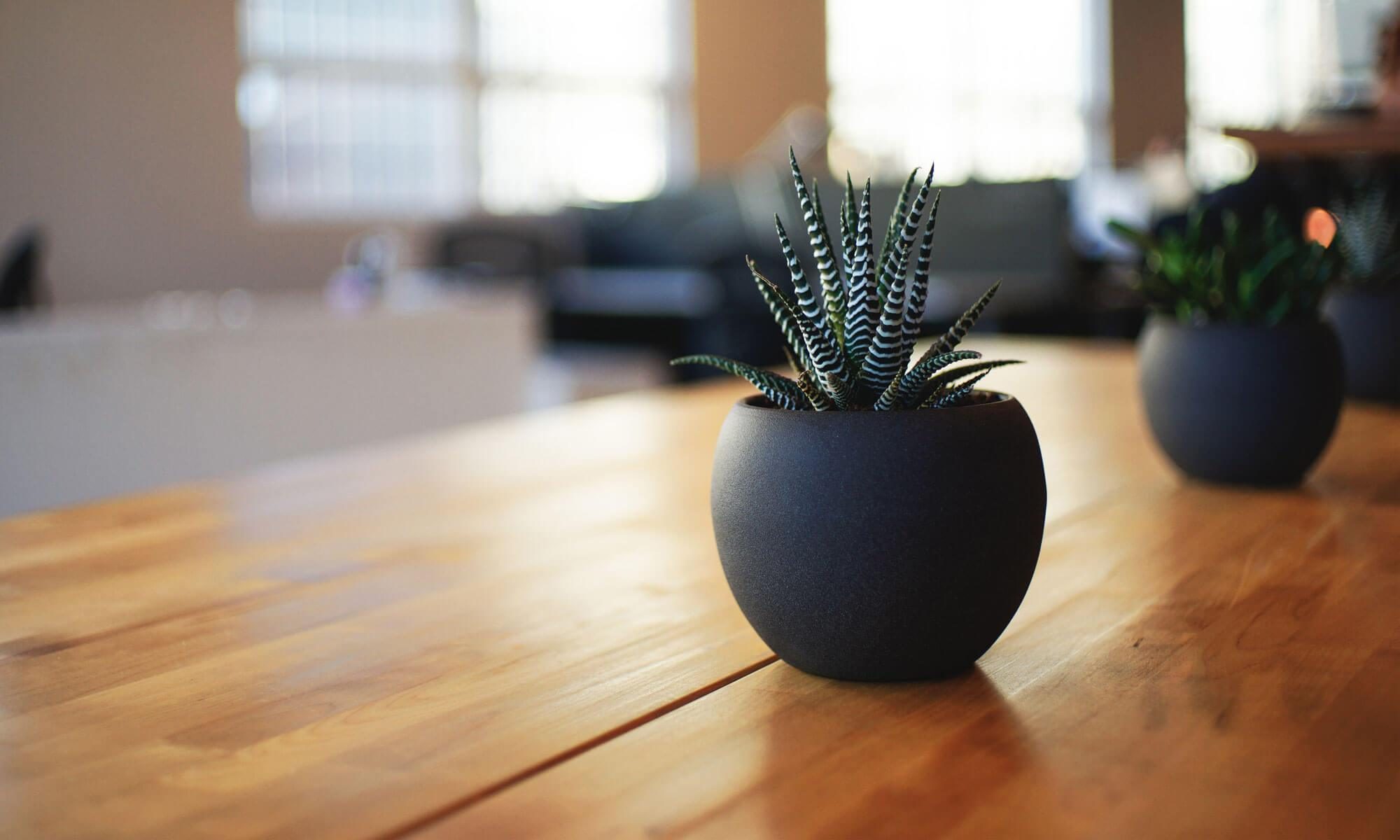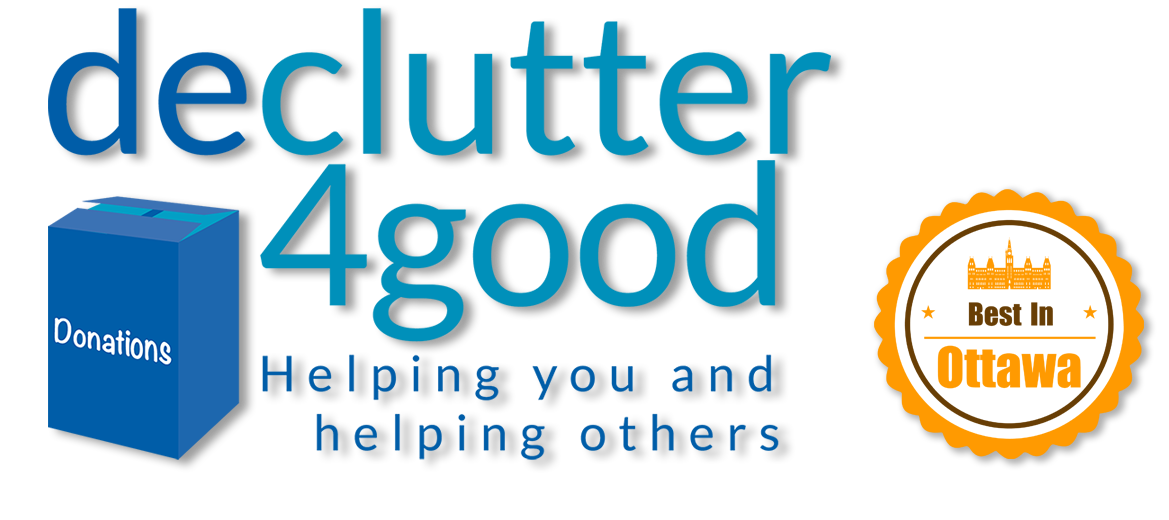“Removing clutter makes room for a life focused on the things that matter most. It opens up physical space in our home and mental space in our mind.”(Clear the Clutter -Donna Smallin)
As a society we have a complicated relationship with health. We know that a truly healthy person is one that thrives in body, mind and spirit but with all the ‘stuff’ that surrounds us, achieving this healthy goal seems unattainable and leaves us feeling stressed and overwhelmed.
How then can organizing and decluttering your home office help you so that you have more space, clarity, intentionality and freedom? The answer is ultimately about alignment.
By decluttering and organizing both your physical and digital space you are able to streamline your efforts and achieve more balance by redirecting your finite resources to those life goals that matter most to you.
Here are some tips for organizing and decluttering the physical space of your home office to increase efficiency and balance:
#1. Review the furniture in your office and make sure it is functional and in the best location to maximize efficiency.
#2. Take an afternoon to remove everything from your work space/home office and put it all in an adjacent room or hall (ie. desktop items, contents in drawers, cupboards and shelves). Sounds like a lot of work but the proven benefits far outweigh the effort as often items that have surrounded you for a while become ‘invisible clutter’ that you no longer notice. This clutter takes up valuable space as well as equally valuable time and energy when you have to sift through it to locate items. Or you have to purchase duplicates when you can’t find the originals.
#3. Divide your office into three spaces:
Daily space: this is your prime real estate. This is the area within arms reach as you sit at your desk. Only have items in this space that are needed on an everyday basis (ie. phone, cables, charger, pens, notebook, computer, headphones, etc.) Find a ‘home’, on/in your desk for each of these items. Use drawer dividers dedicated to specific tools. Use shelf risers in your desk cupboards so that you can easily view and reach items.
Weekly space: this is for items you only use weekly and that you can reach while standing (ie. reference material). Make sure you have shelving above or beside you that is easily accessible.
Monthly space: this is for items you use monthly and that you can walk to within your home office (ie. shredder, printer).
#4. For all the leftover items that do not fit into these 3 categories above, determine if these items are practical or emotional. Be brutal. If an item must be kept in your office and is practical (ie. renovation folder, fundraiser info, etc), then use your walls (ie. three tiered vertical shelving, bulletin board).
If an item is emotional and you really want it in your office (ie. family photo, child’s art, certification) also put it on your walls to save space on your desk and shelves.
Keep a ‘one in, one out’ rule so that when new items (emotional or other) come into your office, the old items go out.
For all other leftover home office items that fit none of the above categories and you can’t find a ‘place to live’ elsewhere in your home, donate, sell, or recycle/repurpose them as required (with trash being a last resort).
#5. Paper Clutter. Gather all paper from your home office into one pile. Sort paper into categories (ie. active, passive, reference, personal, etc.) and then implement the TAPP process: Toss it, Act on it, Pass it on, or Pile/file it. Deal with each document accordingly. Remember that the purpose of filing is to be able to locate that document again quickly so purging unnecessary papers is always a good idea. Also when filing consider what word you would think about to find this document and label it accordingly.
Scanning your paper documents into digital files not only saves space but is more efficient on many levels. But with the daily tsunami of online information, it is important to have systems in place so that we don’t drown in this digital clutter.
The key is to capture, clarify and process digital information quickly and efficiently so it doesn’t ‘pile up’ and become mental clutter (ie. backlog of unread emails etc).
Here are some tips for organizing and decluttering the digital clutter regarding your home office to decrease distraction and stress:
#1. Review all the folders on your desktop and determine what you need to keep and what you can delete or move to an external drive (ie. finished projects, vacation photos, past course material, etc.). This sounds like a lot of work but again, the overall value in decluttering is worth it.
#2. Now create these primary ‘holding’ folders (or similar) in your email program and have them at the top of all your other current folders: URGENT, ACT ON, PASS ON, FOLLOW UP, FILE. (Note: your current or secondary folders will be the ones you already have set up on your computer for clients, business development, expenses, etc.)
At the start of each day, review your inbox and immediately sort all emails there into these primary holding folders.
#3. Once done, start with the URGENT folder, deal with each email in that folder completely and then either move it to another secondary folder for reference or delete it as required.
Move on to the next primary holding folder (ie. ACT ON) and do the same. Repeat this process until all of these primary folders are empty. Add incoming emails to these primary folders and deal with accordingly. In doing so, you will always be directing your energy to priority emails first instead of getting distracted and ‘sucked in’ to other emails of less significance. As well with a quick glance at these primary ‘holding’ folders, you’ll know what remains to be done and be better able to manage your time and effort.
#3. Delete spam/junk mail immediately. Make it a habit to quickly unsubscribe.
#4. Set up canned responses (i.e Thank you for your email. I’ll get back to you before the end of day). These emails can still be customized but a stock response is a good starting point and makes the overall response quicker and allows you time for other projects.
In our increasingly distracted world, decluttering is a mindset. By sorting, evaluating and purging our ‘stuff’ we increase our mental well-being and ultimately gain more balance and time. With this alignment comes more clarity, intentionality and creative energy.
Make the effort to declutter and organize the physical and digital ‘stuff’ in your home office everyday and create an environment that increases your mental health and encourages the best version of yourself.
Martha Tobin is the owner of Room2Breathe, an Ottawa organizing and decluttering company committed to making a difference in the lives of others.

